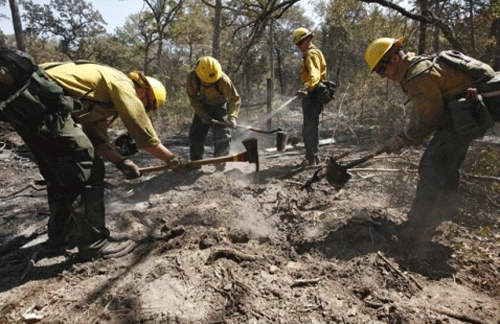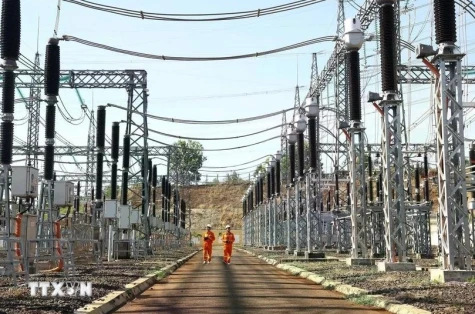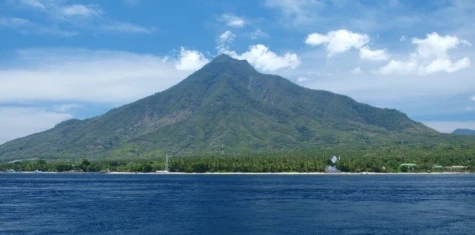Wildfires, peat fires and controlled burns on farming lands kill 339,000 people worldwide each year, said a study released on Saturday that is the first to estimate a death toll for landscape fires.
 A fire fighting crew from the Lassen National Forest in California clean up hot spots after
the destructive wildfire in Bastrop, Texas in 2011.
A fire fighting crew from the Lassen National Forest in California clean up hot spots after
the destructive wildfire in Bastrop, Texas in 2011.
Most of those deaths are concentrated in sub-Saharan Africa, where an estimated 157,000 people die as a result of being exposed to such fires annually, with southeast Asia ranking second with 110,000 deaths.
"I was surprised at our estimate being so high when you consider that the exposure to fire smoke is quite intermittent for most people," said lead author Fay Johnston of the University of Tasmania.
"Even in southeast Asia and Africa, (fire) is a seasonal phenomenon. It is not year round," Johnston said at the American Association for the Advancement of Science annual meeting in Vancouver where she presented her research.
The study, which Johnston said was the first of its kind to attempt to estimate a death toll from wildfires and landscape burns, was published Saturday in the journal Environmental Health Perspectives.
Researchers looked at the number of deaths from all causes in areas that were exposed to heavy smoke and landscape fire between 1997 and 2006.
They used satellite data and chemical transport models to assess the health impacts of particulate matter smaller than 2.5 micrometers, a major byproduct of landscape fire smoke.
The number of deaths from wildfires came in far below the previously estimated global tolls for indoor air pollution at two million people per year and urban air pollution at 800,000.
However, the study authors said their findings indicated that "fire emissions are an important contributor to global mortality."
The research also suggested a significant link between climate and fire mortality.
About twice as many people died during El Nino years when the surface ocean temperature rises in the tropical eastern Pacific Ocean (averaging 532,000) as during cooler La Nina years (averaging 262,000).
Deaths could be reduced if people stopped burning tropical rainforests in order to harvest palm oil and other products, Johnston concluded.
But fires will only get more severe in the future, according to Mike Flannigan, a professor at the University of Alberta and a government scientist with Natural Resources Canada, who has done research to model how severe fires will be by the years 2081-2090.
Using a variable he called "cumulative daily severity rating," Flannigan's projections show that fire activity is "increasing over most of the globe, particularly the northern hemisphere, by a factor of two to three."
That means "significant increases" in fire activity should be expected by the end of this century as the globe gets warmer, he said.
"It is the extreme weather that drives fire activity, and if we expect more extremes in the future, which we do, then it is only going to get worse," Flannigan told reporters.
"It is getting to the point where it is beyond our control."
Already, between 350-450 million hectares burned every year in wildfires, covering an area about the size of India and costing many billions of dollars to fight and contain.
"The risk to life and infrastructure is only going to increase under climate change because of a warming climate," Flannigan said.
Current firefighting methods such as aerial suppression may have to be abandoned because they will not work against hotter, more intense fires, he said.
"It is going to be incredibly difficult in the future to manage forest fires because the intensity of fires is going to be increasing and that changes the strategy of putting fires out."
Instead, people who live near wooded areas can expect more frequent evacuations and community builders should consider fire-resistant home materials and crafting better fire guards around communities.
Governments may need to consider stronger measures in prevention, education, penalties, and restricted fire zones, he said.
"We are going to see more fire in the future, that is the bottom line. A warmer world is going to see more fire."
Tuoitrenews


























